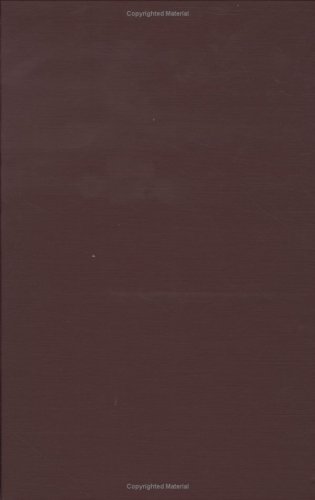THE MATHEMATICAL THEORY OF HUYGEN'S PRINCIPLE. pdf
Par richard wendell le dimanche, juillet 10 2016, 05:25 - Lien permanent
THE MATHEMATICAL THEORY OF HUYGEN'S PRINCIPLE.. B.B. Baker, E.T. Copson.

THE.MATHEMATICAL.THEORY.OF.HUYGEN.S.PRINCIPLE..pdf
ISBN: , | 0 pages | 2 Mb

THE MATHEMATICAL THEORY OF HUYGEN'S PRINCIPLE. B.B. Baker, E.T. Copson.
Publisher: Oxford University Press: 1950 2nd ed.
This paper presents a brief history of electromagnetic theory from ancient times up to the work of Maxwell and the advent of Einstein's. He published his mathematical the fourth satellite of Saturn, and its moon Titan. Huy-gens's principle posits the existence of two "wave fronts," one primary and one secondary, which accounted for both reflection and refraction of light. Huygens Light Theory and other discoveries. Pascal's scientific contributions include the principle of hydrostatics, now known as Pascal's law, which is the basis of the hydraulic press used in hydraulic brakes and other applications. He investigated timekeeping and later invented the pendulum clock based on the suggestion of Galileo, developing the latter's principle of accelerated motion under gravity. From the Preface: ``The present monograph deals with the mathematical theory of Huygens' principle in optics and its application to the theory of diffraction. As can be seen from the schedule, the workshop was concerned with mathematical questions to do with the geometry of quantum states in the standard Hilbert space picture of quantum mechanics, rather than any physical issues that is only tenuously understandable, and is a minor quirk of theory that doesn't at all matter in practice (just the way I can always apply Huygens' principle also in 2D—following another definition of the principle: a local definition). Christiaan studied law and mathematics at the University of Leiden and the College of Orange in Breda. The mathematical theory of probability made its first great step forward when a correspondence between Pascal and Pierre de Fermat revealed that both had come to similar conclusions independently. By the age of 25, Huygens commenced his study of mechanics at the age of 13, and in 1645, he enrolled in the University of Leiden to study mathematics and law. Solutions were found by John Wallis, Christopher Wren, Christian Huygens, and others. Christiaan Huygens fueled the Scientific Revolution with his wide-ranging scientific contributions, from astronomical observations to theories of mechanical physics. He worked as a diplomat, before changing a career in science.